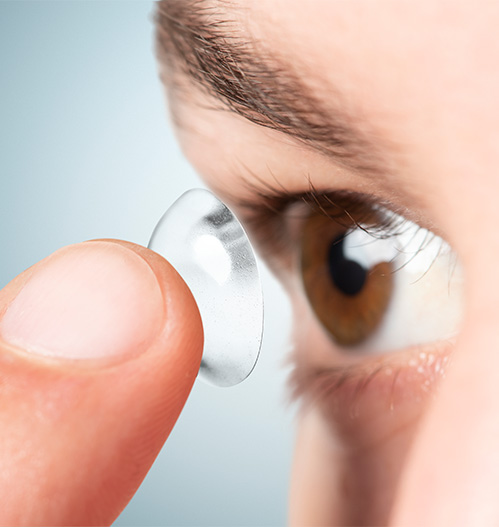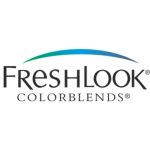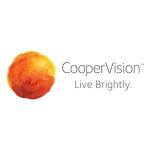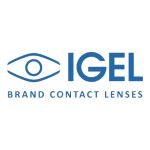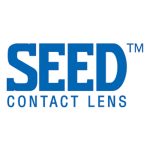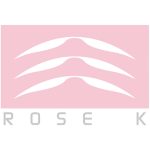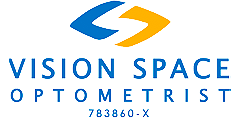SEE CLEAR WITH
SPECIALIZED CONTACT LENS
- Myopia Contact Lenses
- RGP Contact Lenses
- Scleral Contact Lenses
- Prosthetic Contact Lenses
- Keratoconus Contact Lenses
High myopia, with above -5.00D, is related to a number of sight-threatening complications such as retinal detachment, cataract, macular degeneration and glaucoma. With the prevalence of myopia increasing worldwide, greater attention has been given to curve the risk and to slow the progression in those already affected by myopia with better solutions and management.
In VisionSpace, myopia control contact lenses are the frontline solution managed by our team of orthokeratologist. The types of contact lenses for myopia control we use include OrthoK and MiSight 1 Day.
MiSight 1 Day
MiSight® 1 day is the first soft contact lens proven to slow the progression of myopia in children. They are daily disposable lenses then are worn in the beginning of the day and are taken out to be disposed of at the end of the day, requiring no upkeep and easy for handling. They excel in comfort, vision, ease of use and freedom from spectacles, making the experience of wearing contact lenses pleasant. It has a special optical design which may help to slow down the speed at which myopia progresses
Rigid gas permeable contact lenses, or RGP, are commonly called hard lenses which are made more durable, more resistant to deposit buildup, allowing a clearer and sharper vision. People often choose RGP for their easier care system, better astigmatism correction, and economical advantage as they last longer than soft contact lenses. However, they are initially not as comfortable as soft contact lenses and may take a longer adaptation time. Other than that, they are smaller in size compared to soft contact lenses, meaning there is a greater chance for it to dislodge from the eyes during sports or other activities.
Apart from that, RGP provides superior optic which contributes to better vision for high astigmatic corneas, approximately -2.50 diopter and above, neutralising a better degree of astigmatism in the cornea. With little care, gas permeable contact lenses can last for years (generally one to two years), as long as you don’t require a prescription change. You may find it useful if soft contact lenses failed to provide the desired vision. Also, because RGP lenses are made from a firm plastic material, they retain their shape when you blink, which tends to provide sharper vision than pliable soft lenses.
Unlike a normal contact lens, the Scleral contact lens differs from its diameter and fitting characteristics. They are large-diameter contact lenses that rest on only the white part of the eye called the sclera, whereas normal contact lenses rest on the cornea. This allows the lens to maintain a fluid reservoir between the front surface of the cornea and the back surface of the lens. Scleral lenses typically come in three sizes; semi-scleral (12.5–15 mm), mini-scleral (15–18 mm), and large scleral (18–25 mm).
Scleral lenses are designed to treat a variety of eye conditions. It is used to improve vision, reduce pain and/or aid in the healing process of an eye. Such conditions mainly affect the surface of the eye where it may be due to dysfunction, perforation, abrasion, severe dryness or corneal thinning. Other uses may include post surgical complication management and chemical burn treatments. Scleral lenses can also be used for sensitive eyes from other smaller corneal-type lenses and require a more rigid lens for vision correction such as astigmatism.
Optometrists often get visits from patients who have an eye condition or injuries that damage the cornea or the rest of the eye. For instance, eye trauma can lead to visible disfigurement of the eye. Disfigurement can also result from congenital defects, eye infections, retinal detachments, surgical complications or conditions like glaucoma and sjogren’s syndrome.
In these situations, these people may look for special contact lenses called prosthetic contact lenses that can serve multiple roles such as enhancing cosmetic appearance, decreasing visual disturbance or providing therapeutic benefits. Their designs are used to serve as a function to “mask” the disfigurement of the eye and provide visual enhancements. More than often these concealment enhances the patients confidence and enables them to be comfortable in their own skin, allowing them to continue with their normal day to day activities without calling upon attention.
Prosthetic contact lenses are customizable and come in different designs. From the change of colour pigments, diameter of the lens, to the size of the pupil, prosthetic contact lenses are made to look as natural and compatible with you as it can.
Keratoconus is a non-inflammatory, uni or bilateral, thinning of the cornea causing the surface to have a bulge. This will cause an irregular increase in astigmatism and make you more nearsighted. As keratoconus progresses, you may experience an increasingly blurry or distorted vision that is difficult to correct with spectacles and normal contact lenses.
Keratoconous contact lenses closely mimic the shape of the bulge for every stage of the condition, resulting in a more comfortable fitting for the vision and patient comfort. Soft contact lenses may have been used but it compromises either best-corrected vision, fitting, or modality wearing time. With this, keratoconus patients have a more comfortable option to correct their vision and better fit.
